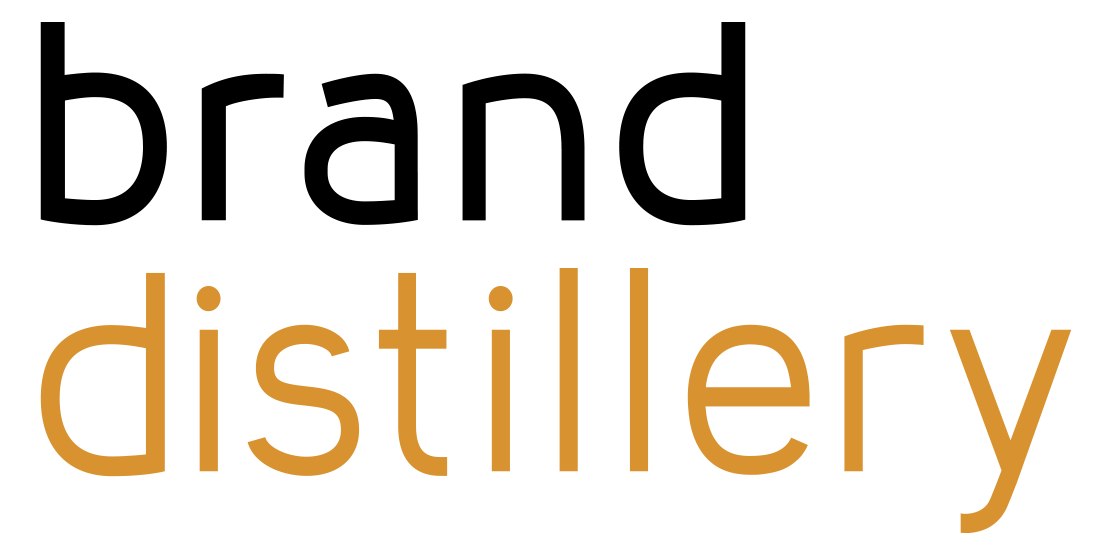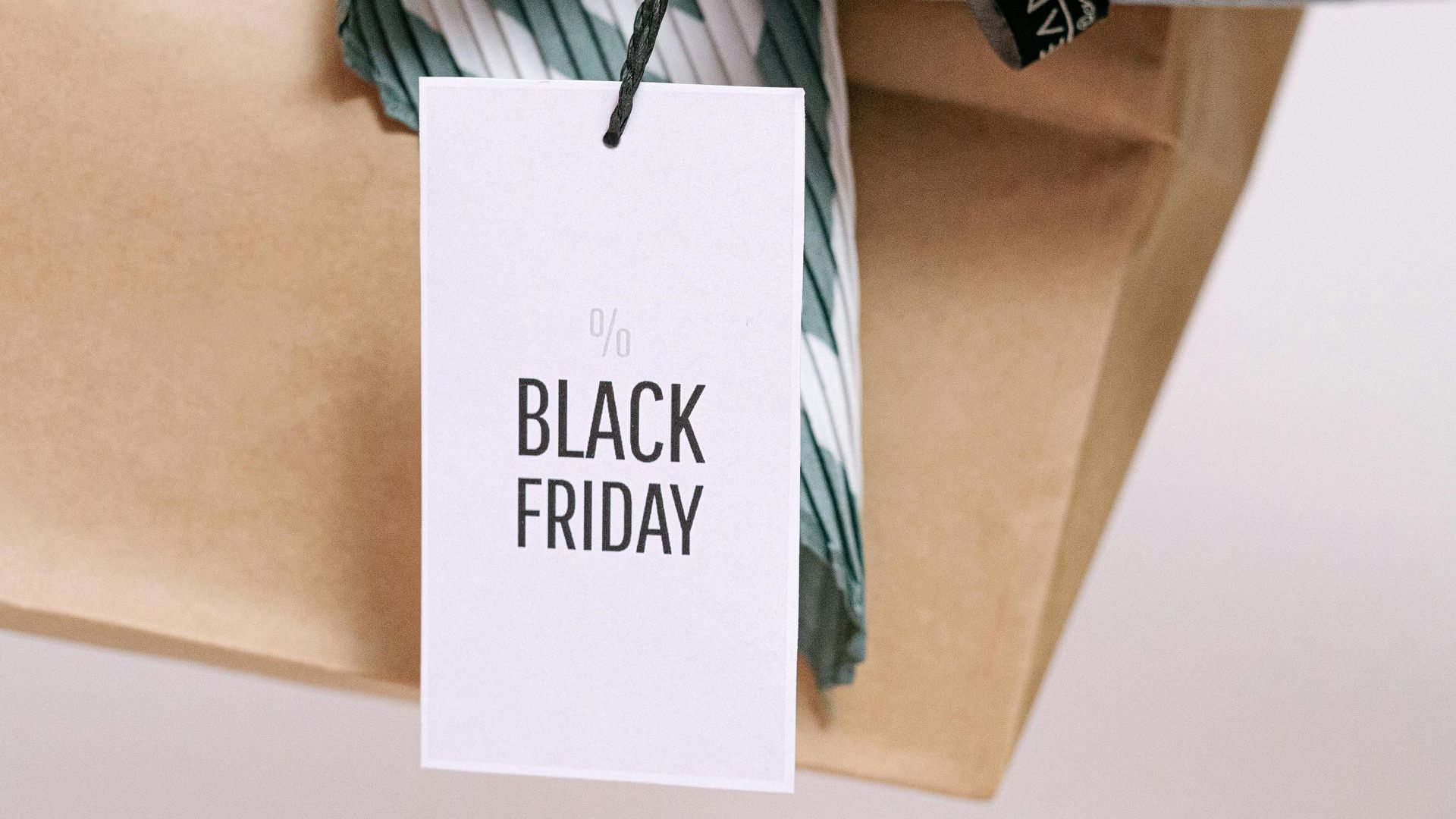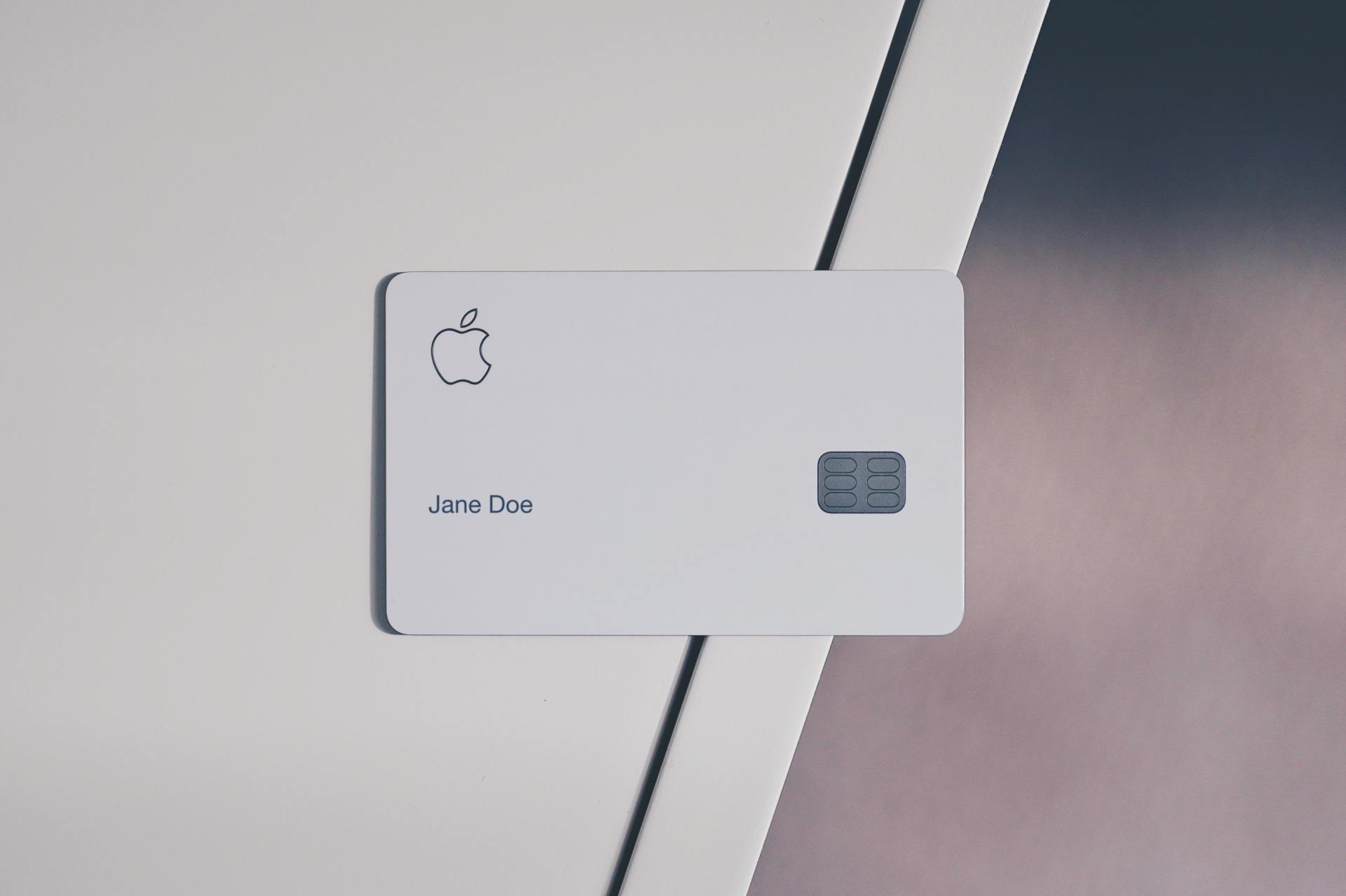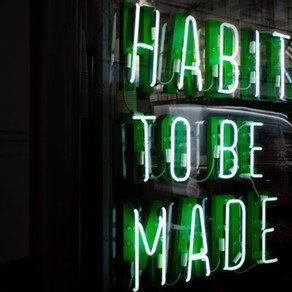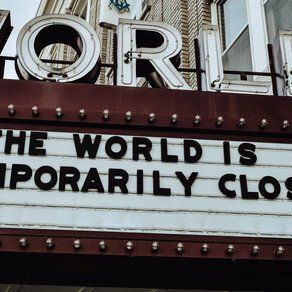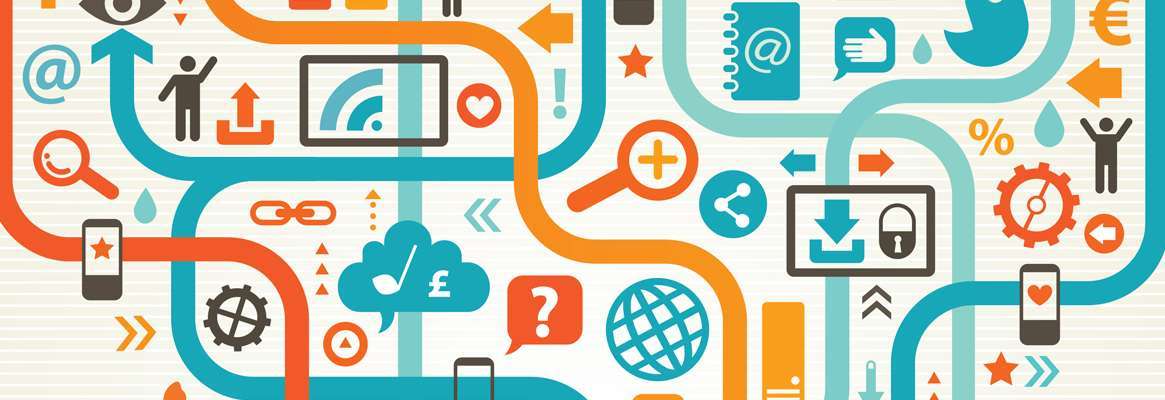WHY BRANDS SHOULD BE DATA OBSESSED
Businesses really need to get a grip on data and the enormous benefits it can bring. They continually obsess about acquisition and data capture, but then give little consideration to the future insight this data can provide in engaging and growing customer loyalty and spend. We often talk to companies who wax lyrically about their acquisition strategy, who talk about response rates of this percent and that percent, of campaign ROI’s and new customer targets.
Through all this, it still astounds me that businesses still talk about activation rates and conversions of less than 50%. The most expensive customer is a new customer, so why do companies neglect on-boarding processes whether you’re selling online or through bricks and mortar? As a consumer, how often have you subscribed; opened an account or expressed an interest in a brand to then never hear from them again?
Work with an ex-client from my old agency involved mapping the on-boarding timeline from point of sign-up to first purchase - by spend, customer type/ size and location against their overall lifetime value. This illustrated graphically when the best and worst customers engaged with the brand, when we should push the most to drive them to a first purchase and then how we see loyalty developing. Simply moving engagement pieces from week 12 to week 11 can have a significant effect on the LTV of new customers. All of this came from understanding the data, and ultimately customers.
Understanding the on-boarding process and the touchpoints of a customer through real data insight ensures the customer receives relevant and engaging content through their channel of preference, whether it be online, by post or by SMS. We have discovered behaviours that only this type of data insight can provide, and from this, we make so many assumptions in business. Yet the one time when you can map journeys with conviction, companies still neglect the use of data.
Becoming a customer-centric business is no longer a nice strategy to have, but businesses are still holding onto the notion they can still be service or product focused. Without this transition in business strategy, how can we (businesses, brands or companies) possibly engage with these customers over the clutter and barrage of messages they receive throughout their daily multi-channel lives?
Taking the interesting merging of B2B and B2C digital messaging; currently my iPhone and iPad both receive personal and business emails, and these arrive at random times throughout the day and night. My inbox becomes a relationship funnel for all the companies and brands that I buy from, with no distinction between the two. If I receive a great email that’s relevant, well designed and personalised I’ll take notice, whether its Virgin Trains or Aviva Life Insurance. This signals the need for considered and well planned customer journeys that cross the multichannel world we now live and work in.
We don’t see data or numbers at Brand Distillery , we see patterns and insight, and then we get thinking about how we can help you develop to reach customers.
For a complimentary mini workshop in 2020 on your existing customer journey, please email steve@branddistillery.agency

